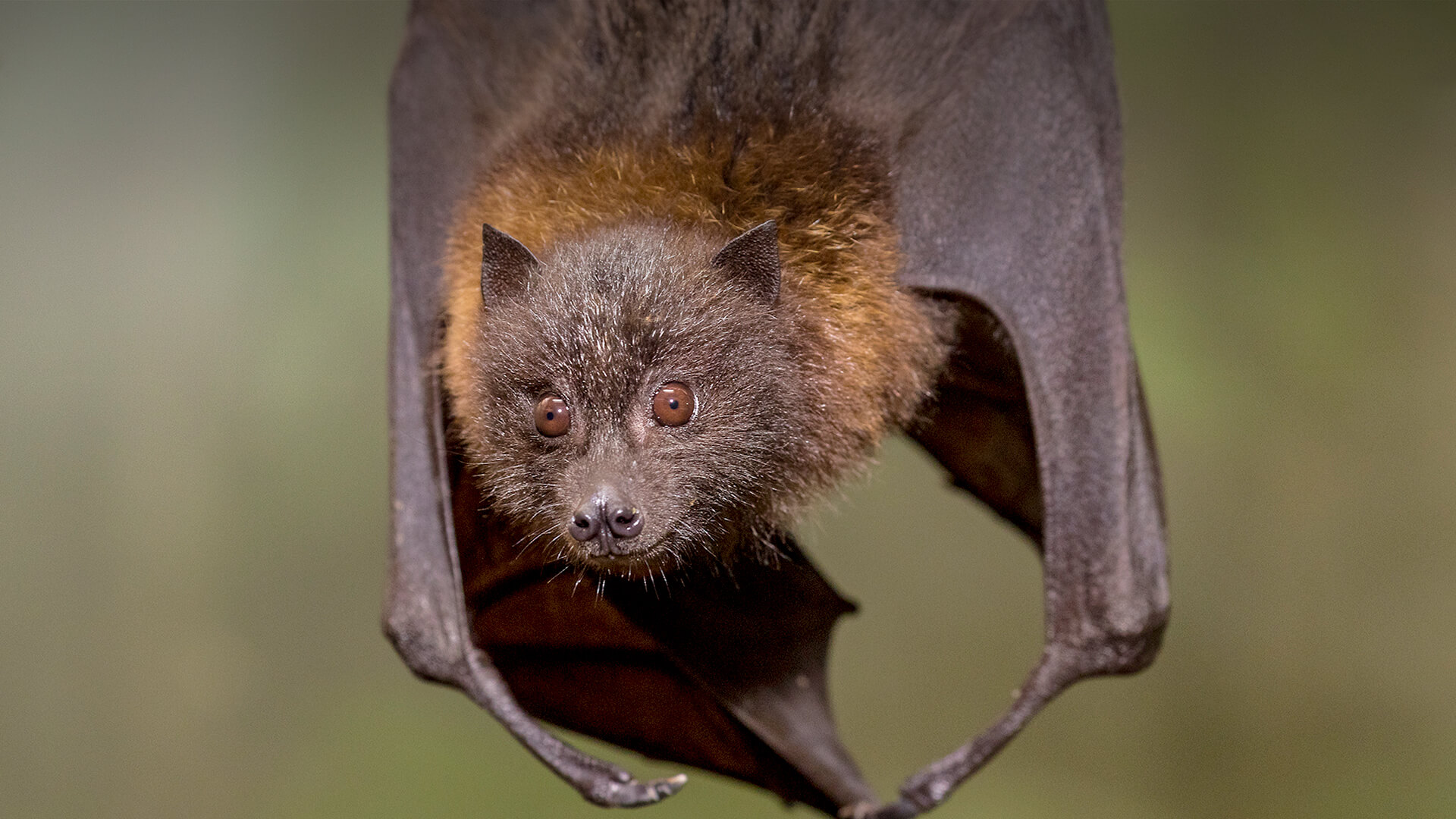
Meet Qizai: Not only is he thoroughly squishable-looking, but his coloration has been a mystery for 40 years. He is one of just seven brown and white giant pandas ever reported, and he is the only one in captivity. The reason for this unusual coloring had long eluded scientists – but with the help of genetics, the mystery now appears to be solved.
March 7, 2024
Giant pandas are universally recognized for their striking black and white fur. However, a rare phenomenon exists – the occasional birth of a brown panda cub. With only seven documented cases, these brown pandas have captivated scientists for years. A new study has finally unraveled the genetic mystery behind this unique coat color.
A multi-institutional team of geneticists in China set out to identify the responsible gene mutation. They sequenced the genome of the solitary captive brown panda (that would be Qizai), comparing it to the genome of its wild brown counterpart and 35 black and white pandas. Additionally, Qizai’s family was included in the analysis.
Their investigation led them to a gene called Bace2, previously linked to a protein involved in Alzheimer’s disease in humans. Interestingly, both brown pandas possessed two copies of a mutated version of Bace2, specifically missing 25 base pairs.
To solidify their findings, the researchers sequenced the genomes of 192 additional black and white pandas. None carried the Bace2 mutation. Finally, to provide conclusive evidence, they employed gene editing technology. Mice were engineered with the same Bace2 mutation, resulting in lighter fur coloration across all the test subjects.
Confident in their discovery, the team delved deeper into how the mutation influenced coat color. They determined that the mutated Bace2 gene led to a reduction in the size and number of melanosomes, pigment-producing structures within hair follicles. This decrease in melanin production likely caused the lighter, brown coat color observed in the rare brown pandas.
This research not only sheds light on the fascinating genetics of panda coloration but also paves the way for further studies on melanogenesis (pigment development) and potentially aids in understanding human conditions like albinism.
The study is published in the journal PNAS.







